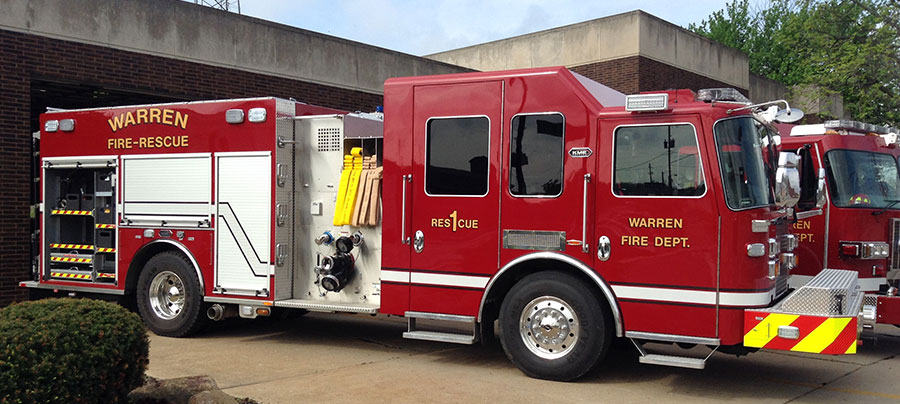Enhancing Community Safety: The Importance of Non-Emergency Fire Department Services
Fire departments play a vital role in ensuring public safety and well-being. While emergency responses to fires, accidents, and disasters are well-known, non-emergency services provided by fire departments are equally crucial. These services encompass a wide range of activities that contribute to community safety, education, and preparedness. In this article, we will explore the significance of non-emergency fire department services and their impact on building resilient communities.
What you do today can improve all your tomorrows. You can request publication of your article for publication by sending it to us via our Email below. businesshabblog@gmail.com or SMS/WhatsApp) or call +2347034920650. Click here to start business now with businesshab.com
Non Emergency Fire Department

1. Community Education and Prevention
One of the primary roles of non-emergency fire departments is community education and prevention programs. Firefighters engage with schools, businesses, and local organizations to educate citizens about fire safety, disaster preparedness, and first aid techniques. Workshops, seminars, and interactive sessions help raise awareness about potential hazards and equip individuals with essential skills to mitigate risks effectively.
2. Inspections and Code Enforcement
Non-emergency fire departments conduct regular inspections of residential, commercial, and public buildings to ensure they comply with fire safety codes and regulations. By identifying and addressing potential fire hazards, these inspections significantly reduce the risk of fire incidents. Firefighters work closely with property owners and businesses, offering guidance on fire safety measures and facilitating necessary upgrades to enhance overall safety.
3. Medical Services and Public Health
Many fire departments provide non-emergency medical services, such as basic first aid, CPR training, and health screenings. These services contribute to public health by promoting preventive healthcare measures and empowering citizens to respond effectively in medical emergencies. Additionally, some fire departments collaborate with healthcare providers and social service agencies to offer community outreach programs, providing essential healthcare services to underserved populations.
4. Specialized Rescue Services
Non-emergency fire departments often possess specialized rescue teams trained to handle various situations, such as water rescues, hazardous material incidents, and technical rescues. These teams are equipped with advanced equipment and expertise to respond to unique challenges, ensuring public safety during non-emergency situations like floods, chemical spills, or technical accidents.
5. Community Engagement and Support
Non-emergency fire department services extend beyond educational programs and inspections; they involve active community engagement and support. Firefighters participate in neighbourhood events, conduct safety fairs, and collaborate with local organizations to foster a sense of community. Their presence and involvement create a supportive environment where citizens feel safe and empowered, enhancing social cohesion and resilience.
Getting the best out of non-emergency fire department services involves proactive engagement, education, and collaboration with the local community. Here are some steps individuals and communities can take to benefit from these services effectively:
6. Stay Informed:
- Regularly check your local fire department’s website, social media pages, or community bulletin boards for information about upcoming workshops, seminars, and safety events.
- Sign up for newsletters or notifications to stay updated on fire safety tips, disaster preparedness, and community initiatives.
7. Attend Community Events:
- Participate in community outreach events organized by the fire department. These events often include safety fairs, CPR training sessions, and interactive demonstrations.
- Attend town hall meetings and neighbourhood gatherings where fire department representatives might share important information and engage with community members.
8. Schedule Home Safety Inspections:
- Request a home safety inspection from the fire department. Firefighters can identify potential hazards in your home and provide valuable advice on how to improve safety measures.
- Act on the recommendations provided during inspections to enhance your home’s safety features.
9. Educate Your Family:
- Teach your family members, especially children, about fire safety, emergency escape plans, and how to use fire extinguishers.
- Conduct regular fire drills at home to ensure everyone knows what to do in case of a fire.
10. Collaborate with Local Schools and Businesses:
- Encourage schools and businesses to invite firefighters for educational sessions on fire safety and emergency preparedness.
- Work with local businesses to host safety workshops for employees, customers, or residents in the area.
11. Volunteer and Support Community Initiatives:
- Volunteer your time and skills to support community safety initiatives organized by the fire department. This could involve assisting during events, distributing educational materials, or organizing fundraisers.
- Support local fire department charities and fundraisers. The funds raised often go towards community safety programs and equipment purchases.
12. Report Hazards and Non-Emergency Concerns:
- Report potential fire hazards or safety concerns to the fire department promptly. Your vigilance can prevent accidents and improve overall community safety.
- Be proactive in reporting non-emergency situations that might require the expertise of the fire department, such as hazardous material spills or technical issues.
13. Stay Engaged and Provide Feedback:
- Engage with the fire department on social media platforms, providing feedback and suggestions for community safety programs.
- Attend public meetings or town halls where the fire department discusses its initiatives. Your input can help shape their programs to better meet community needs.
By actively participating in these ways, you can maximize the benefits of non-emergency fire department services, creating a safer environment for yourself and your community.
Conclusion
Non-emergency fire department services are the backbone of community safety, emphasizing prevention, education, and proactive engagement. By focusing on these aspects, fire departments contribute significantly to building resilient, informed, and prepared communities. Recognizing the importance of these services is essential for fostering a culture of safety and ensuring the well-being of citizens in both routine and challenging times. As we continue to appreciate the multifaceted roles of fire departments, it becomes evident that their contributions extend far beyond emergency responses, making them invaluable assets to society.